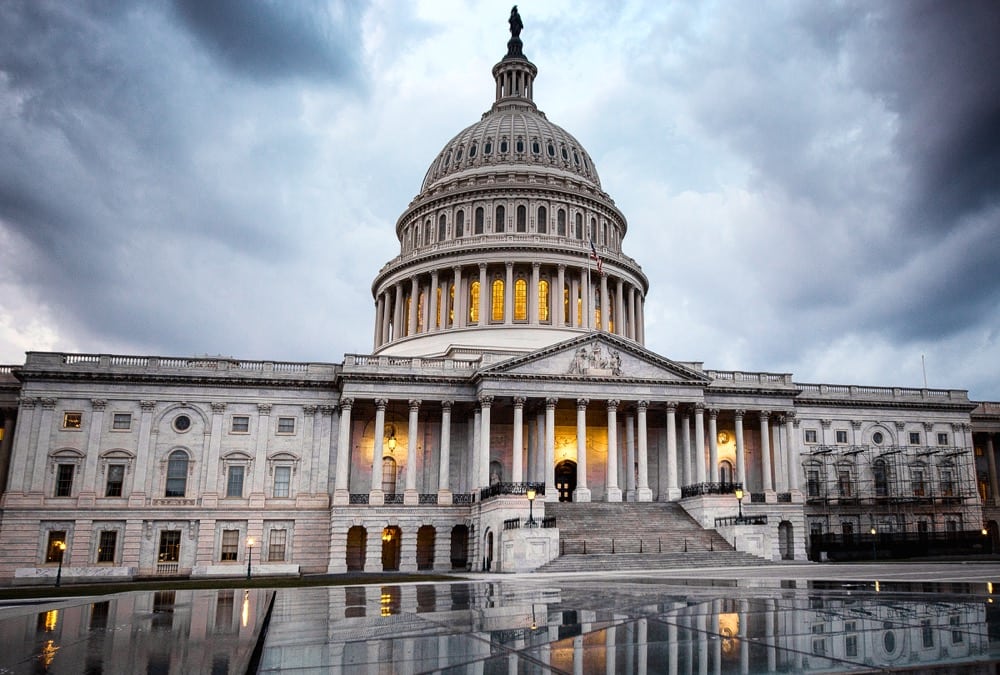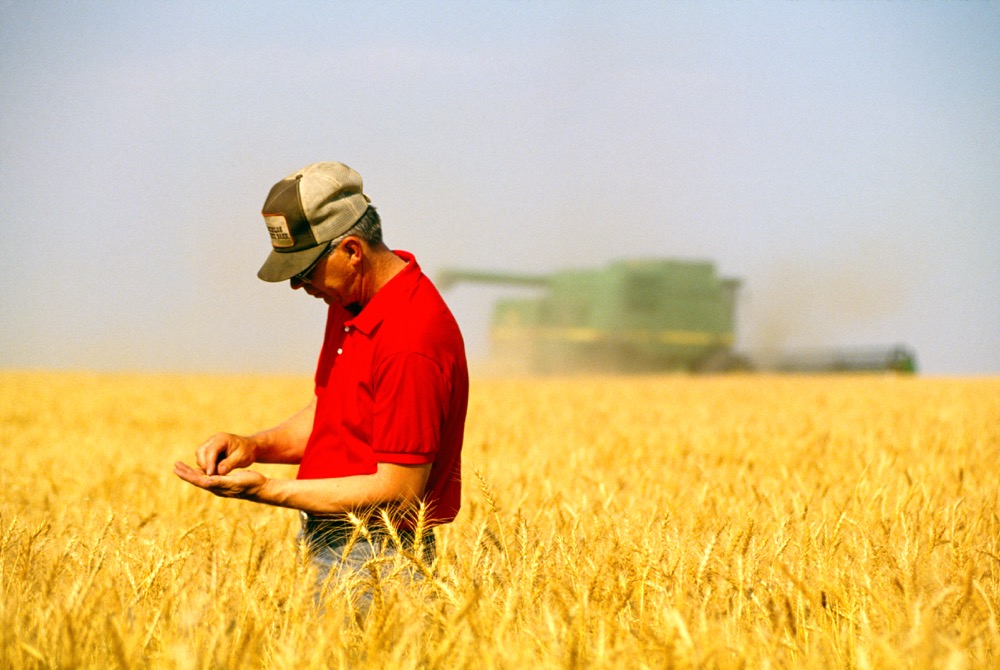Who is J. Dudley Butler and why are meat packers and their allies saying nasty things about the courtly, 61-year-old from Yazoo County, Missouri?
Butler is the new administrator of the U. S. Department of Agriculture’s Grain Inspection, Packers and Stockyards Administration (GIPSA). That makes him the watchdog over Big Meat and their apologists – or, as Iowa Republican Senator Charles Grassley more accurately tags them, “the packer lackeys.”
Another answer Butler gave himself to a luncheon crowd at the Organization for Competitive Markets (OCM) annual meeting in St. Louis Aug. 7 is that he’s in Washington to work “and to enforce the Packers and Stockyards Act.”
Read Also

Canada’s Grocery Code of Conduct just window dressing
The voluntary nature of Canada’s Grocery Code of Conduct robs it of effectiveness and won’t result in the food system accountability that’s needed.
That’s tall talk from a diminutive country lawyer. Most GIPSA chiefs never read the P and S Act let alone enforce it. But, as is said in the Mississippi Delta where Butler grew up and still owns a farm, it ain’t a brag if you’ve done it.
And he has. Butler often testified to Congress on livestock issues – especially on how the Meat Gang’s market concentration has led to enormous market power – and served on the task force to develop Mandatory Price Reporting, the 1999 law that shined some light into packers’ dark closets.
Given that background, the meat grapevine rattled when Secretary of Agriculture Tom Vilsack named Butler GIPSA boss May 11.
Steve Cornett, the former full-time editor of Farm Journal’s Beef Today and now a part-time packer defender called Butler “an anti-corporate activist,” a cattle “outsider,” and – Grab the kids and run for the cellar! – “a trial lawyer.”
Cornett continued his May 20 blog posting by noting, “My concern is that Mr. Butler use (sic) all his new power to attack causes rather than symptoms. My concern with the approach of OCM… is that they want to approach beef consolidation as if it were occurring in a vacuum… It’s not.”
First, startling insight that is not and, second, with giant packers sucking the air out of the industry – and mostly through GIPSA’s decades of neglect – the cattle business is as close to the completely air-less poultry industry and rapidly suffocating hog industry as it’s ever been.
According to data released by the General Accountability Office June 30, the number of U. S. farms with cattle and calves declined 352,000 in the years 1987 to 2007, from 1.15 million to 798,290.
More importantly, reports GAO, “the fewest number of farms accounting for 50 per cent of the sales” in cattle plunged by over 60 per cent during the same period. Only 2,862 farms today account for more than half of all cattle sales in the U. S. In 1987, it took 7,471 farms to reach that tipping point.
Worse, the July USDA Cattle on Feed report shows the U. S. cattle inventory at a 36-year low.
In short, the packer-led market model that has cut the cattle sector to its smallest size in nearly 40 years, concentrated ownership in its fewest hands ever and now has ranchers and feeders adrift on a rising sea of their own blood is the model the lackeys want to keep?
A more sustainable move would be for them to back Butler so he receives the political support he needs to enforce the P and S Act.


















